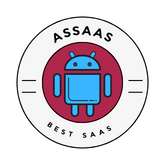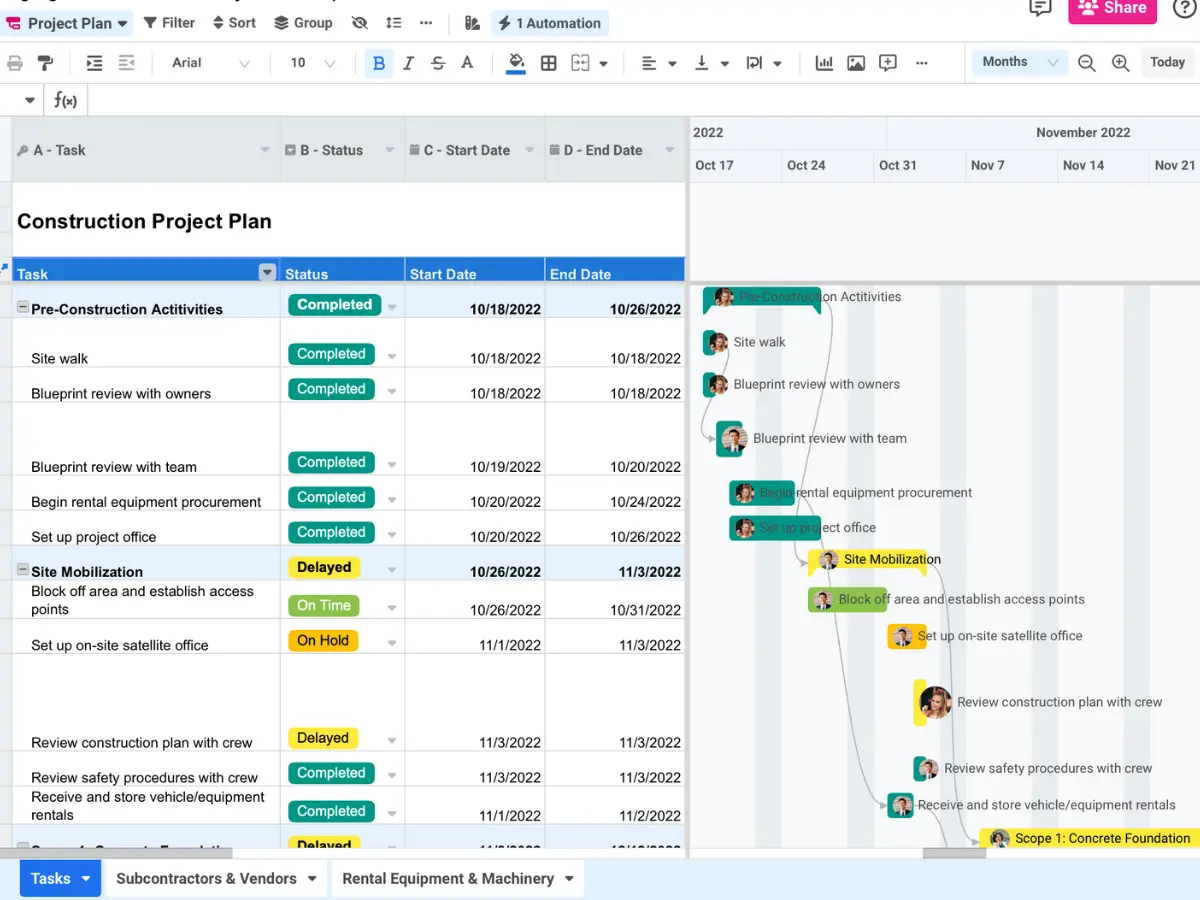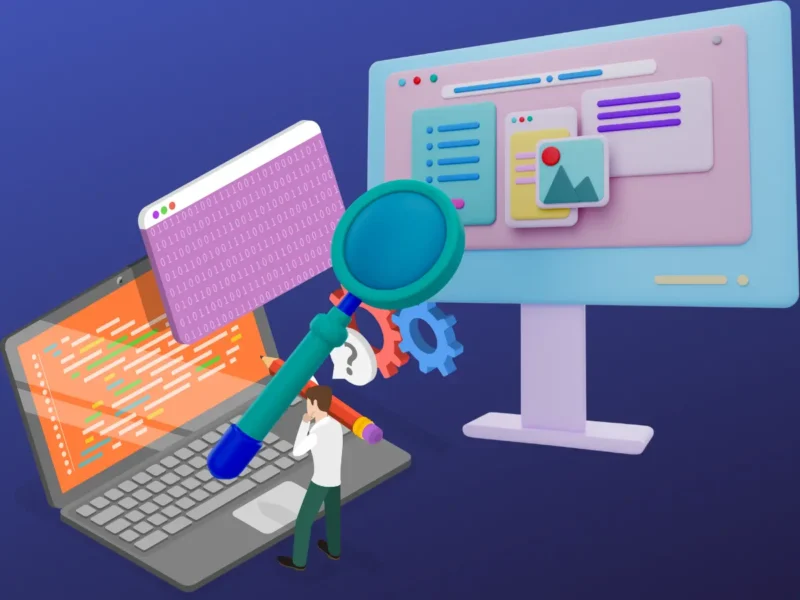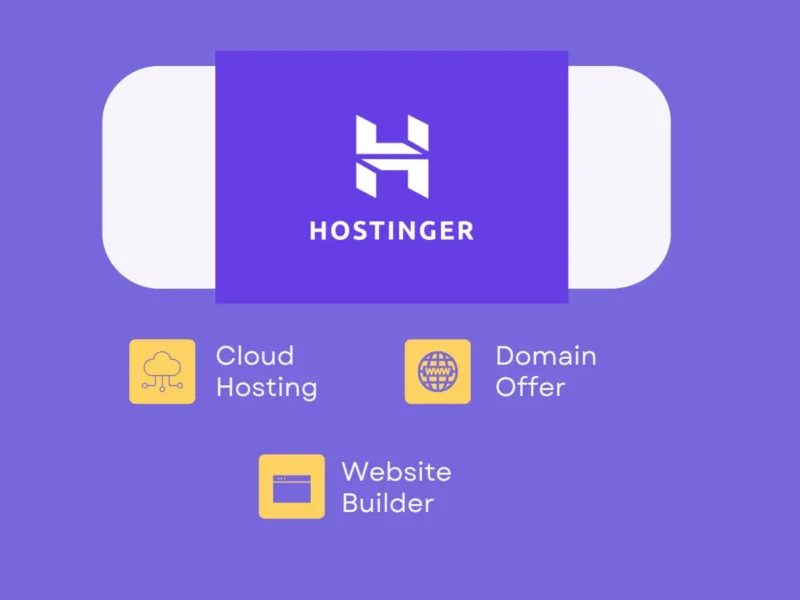PMO has become an indispensable tool to address the increasing tempo of business in today’s world. It can facilitate operations, improve communication and support effective service delivery. However, when there are hundreds of options at your disposal, deciding on which project management software fits your enterprise best is not always easy. This ultimate guide will take you through all the considerations you need to make, so that you can arrive at the correct decision that meets your business needs.
Why Project Management Software is so important for Business Success?
Project management tools and software are used to facilitate project management in organizations, especially for the planning of projects and monitoring of their progress. It brings several benefits to the table:It brings several benefits to the table:
- Improved Collaboration: This is particularly useful for sharing updates, documents and even feedbacks in the course of the working day, to ensure everyone is in agreement about the progress of the project.
- Enhanced Productivity: That way, it frees up team time by automating mundane activities and gives the team an overview of the project status at a glance so they can focus on the important tasks.
- Better Resource Management: Be sure to organize resources and their allocation in a way that will prevent bottlenecks or delays in the production of the project.
- Informed Decision Making: Managers must acquire authentic information and analysis of data to guide the projects in the right direction.
Key Features to Look for in Project Management Software:
1.Task Management
To this end, the ability to manage tasks is the most critical element in any project management tool. Look for software that allows you to:Look for software that allows you to:
- Manage and organize the workload, assignments and deadlines.
- Set deadlines and priorities.
- Determine the subtasks that comprise each task.
- upload documents and put annotations.
2.Collaboration Tools
Collaboration tools guarantee that your team is effective and efficient in achieving its goals. Key aspects include:
- Real-time messaging and chat.
- Exchange of documents and records as well as sharing of files.
- Online message boards and post commentaries.
- Sharing of messages and documents with the related products like email and other communication software.
3.Time Tracking
Time recording aids the management in the determination of the amount of time that is spent on particular activities or endeavors. Essential time tracking features include:Essential time tracking features include:
- Timesheets and time logs.
- Timer functionality.
- Time tracking done in terms of time spent on each task or project.
- As a result of compiling data from the various sources, the following integration is possible: with billing and invoicing systems.
4.Resource Management
Resource management tools enable you to identify what resources are available, and how to apportion them most efficiently. Look for:
- Resource allocation and scheduling.
- Capacity planning.
- Availability tracking.
- Skillset management.
5.Project Planning and Scheduling
Scheduling tools guarantee that your planning and projects are on the right path. Important features include:
- Tasks and activities linked with bar charts known as Gantt charts for project timelines.
- Calendar views.
- Milestone tracking.
- Dependency management.
6.Reporting and Analytics
Hence, this means that information is vital in a project in order that it may well be driven by data. Your software should offer:
- Customizable reports.
- Dashboards for key metrics.
- Data export options.
- Integration with analytics tools.
7.Integration Capabilities
It is recommended that your project management software should support other tools which your business uses. Common integrations include:
- CRM systems.
- Accounting and billing software.
- File storage solutions.
- Communication tools.
How to Select The Appropriate Project Management Software for Your Business
1.Identify Your Business Needs
It is crucial to understand your business requirements before you assess different programs available in the market. Consider the following:
- Project Complexity: Are your projects straightforward and may involve just one or two links or are they complex with many linkages?
- Team Size: Is your team limited in members or are you dealing with a big company and its employees are spread all over the working space?
- Industry Requirements: Do you require any specific features for your industry, say, governmental compliance tracking for industries that fall under this category?
2.Set a Budget
Find out how much you would be willing to spend in terms of the cost of project management software. Some may be offered for free while others could cost hundreds of dollars in a month depending on the type of package being used; this can be basic, professional or enterprise. Keep in mind:
- Consumers’ attitude towards subscription services compared to owning products outright.
- Cost per user.
- Extra charges for integration with other services or additional features.
3.Evaluate Usability
The software should be easy to use, and the interface should not be confusing or overly complex to navigate. Consider:
- Usability or specifically how well it is suitable for team members who are not necessarily computer literate.
- Training considerations and experience curve.
- Customer support and documentation: The availability of customer support and documentation was another notable aspect of the interaction.
4.Read Reviews and Testimonials
Read over case studies and other forms of feedback received from other companies within your trade. Pay attention to:
- Commonly praised features.
- Frequent complaints or issues.
- Overall user satisfaction.
5.Free trials or trials for a limited time are an effective way of marketing products;
customers are willing to try a product for free or pay for it at a discounted price for a limited time hence the following marketing strategy:
Most of the tools mentioned above are available with free trial options. Use this opportunity to:
- Perform core or basic functions and checks.
- The CPM tool should also be evaluated based on compatibility with tools that you are currently using.
- Collect the input from your team.
6.Consider Scalability
Select software that will allow for expansion to accommodate the needs of the business. Look for:
- Flexible pricing plans.
- Interconnectivity of multiple users and further expansions of the app.
- Reliability of vendors or long-term vendor relations and commitment.
The Best Project Management Applications for Business
To get you started, here are some popular project management software options, each with unique strengths:To get you started, here are some popular project management software options, each with unique strengths:
1.Asana
Asana is particularly popular for its intuitive design and intuitive system of task organization. It’s ideal for teams of all sizes and offers:It’s ideal for teams of all sizes and offers:
- Lists, boards, and timeframes.
- Supported over 100 plus tools.
- Customizable workflows.
2.Trello
Trello is one of those tools that was developed with the understanding that it is easier to manage tasks if they are presented on a board. It’s great for smaller projects and offers:It’s great for smaller projects and offers:
- Boards, lists, and cards.
- Power-ups for added functionality.
- Easy-to-use drag-and-drop interface.
3.Monday. com
Monday. com is a type of tool which can be used in a wide power line of industries. It provides:
- Customizable dashboards.
- Automation features.
- Extensive integration options.
4.Jira
Jira is used widely in software development teams due to the sophisticated monitoring and analysis features. It includes:
- Scrum and Kanban boards.
- Bug and issue tracking.
- Detailed reporting and analytics.
5.Smartsheet
Smartsheet is designed as a project management tool with added features of a highly functional spreadsheet. It offers:
- The types of the boards contain grid, Gantt, card and calendar.
- Workflow automation.
- Collaboration features.
Conclusion
Selecting the correct software specific to the management of projects is a pivotal decision that can greatly affect your businesses performance as well as the success of the projects that you undertake. This way, you can quickly assess the tool’s main functions, consider its strengths and weaknesses, and determine whether it will meet your needs and support your team’s success. Remember, the best project management tool is the one that is suitable for your business and organization, compatible with the other tools and applications you use, and adaptable to future development.
Most of the time, having the right software to work with puts a person in a very good standing to handle any given project that comes their way. Happy project managing!



